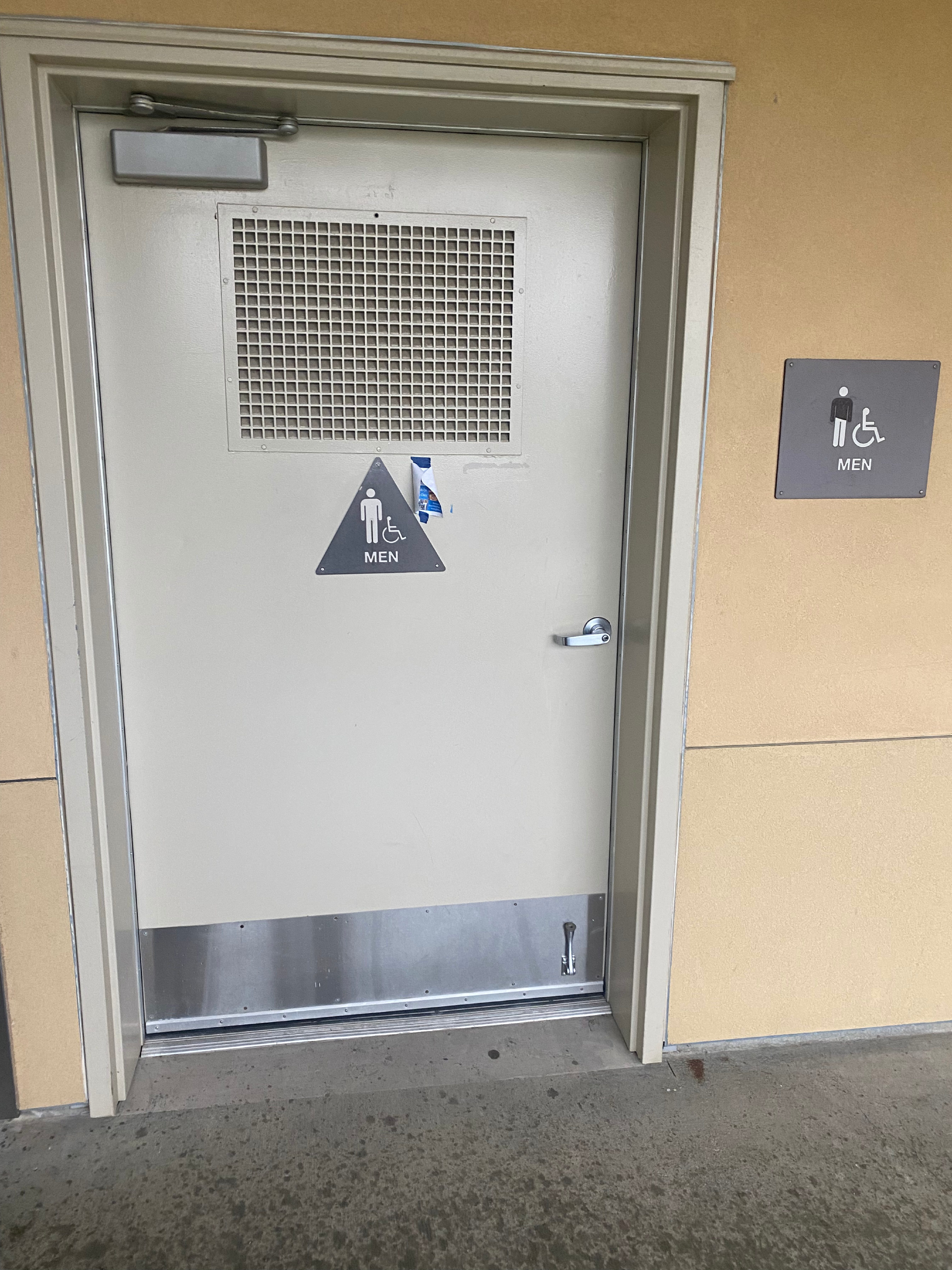Calexit: A Pressing Issue throughout the Golden State
Eagle time: May 2, 2017
Imagine starting a major campaign and leading with close to 100,000 supporters, only to quit before the election takes place. That is exactly what happened to the Yes California Independence Campaign.
Louis Marinelli, president of the campaign, decided in November after the election to increase efforts to have California secede from the United States. However, on April 18, Marinelli announced that the group is no longer going to continue with this campaign. The vice president of the movement, Marcus Ruiz Evans, also withdrew the ballot measure the group was trying to get on the ballot.
While it seems like “Calexit” will not happen at all now, Evans has joined the “California Freedom Coalition”, another group that is working toward secession. Evans and the group plan to file a brand new petition on May 1. However, it doesn’t seem likely that this group will be able to get the Calexit measure on the ballot, considering the fact that this group would need to get almost 600,000 signatures by the end of July.
While Calexit seems extremely unlikely now, it may happen in the future with more people beginning to believe in this cause, and it could affect the students at Vista del Lago and their families, which is why the effects of this issue on our lives should still be understood.
There are both drawbacks and benefits if California leaves the Union. In order to find out what they were, Jason Sisney, the Chief Deputy Legislative Analyst at the Legislative Analyst’s Office (LAO) discussed them because the LAO had done several reports regarding Calexit.
“The exact manner of how California would separate from the rest of the United States is unclear. For that reason, it is unknown whether this change would produce a net economic benefit for California or the rest of the United States,” said Sisney.
While the benefits and drawbacks are not very clearly defined, Sisney did discuss many of the hypothetical negatives and positives of the secession. “Compared to most other states, California currently receives less in federal funding compared to what it pays in taxes to the federal government,” said Sisney. “California has a fairly large base of the nation’s wealthy, who pay the highest marginal tax rates, while it receives significantly less in some benefits, such as Social Security, with its relatively young population. On the face of it, that suggests the possibility that California could be better off if it separated from the rest of the United States.”
However, Sisney also discussed many economic drawbacks, including the deterioration of California’s trade relationships with the rest of the states in the U.S. “On the other hand, California benefits from (1) the tariff-free economic exchanges it has with other states in the Union and (2) the trade relationships forged by the United States government with countries around the world. Separated from the U.S., California may gain less economic benefit from both (1) and (2),” said Sisney.
Separation could have also had a dangerous effect on California’s western borders, especially with some of North Korea’s recent attempts to launch a missile that can reach the U.S.
“In addition, California benefits from the military and diplomatic power of the rest of the United States. Separated from the U.S., California would have to spend proportionately more to have the same level of military security that it does now, considering the state’s proximity to the Pacific Rim, which borders three of the U.S.’s most important adversaries: Russia, China, and North Korea. In this scenario, the switch from the U.S. military to a California military could be a net drain on the state’s economy. Among the many issues that would have to be considered: how many of the U.S. military’s planes, submarines, aircraft carriers, missiles, etc., would California receive upon separation? Would California be admitted to the North Atlantic Treaty Organization and the North American Air Defense Command?”
Had the Yes California Independence Campaign continued with their efforts, could California have been able to become its own nation? According to Sisney, it didn’t seem very likely. “…[T]he U.S. Supreme Court in Texas v. White (1869) found that the initial act admitting a state into the Union ‘was final.’ ‘There was no place for reconsideration, or revocation,’ the court said, ‘except through revolution, or through consent of the states.’… If California did opt for secession, the Supreme Court ruling, if it stands today, indicates that secession is possible ‘through revolution, or through consent of the states,’” Sisney said.
“There are significant obstacles to either of those routes for secession. Just as California benefits from the rest of the United States, the rest of the country benefits from its relationship to California in various respects too,” said Sisney,
Carrie Jackson, an AP Government teacher at Vista, agreed with Sisney’s point of view.
“Since California provides the federal government with more revenue than it takes out in funding, many might see this as a win for California, but it is highly unlikely,” said Jackson, “Although California seems to run as its own country already, it plays a vital role in the progression of the United States. When the Federal Government decides to implement legislation, it often looks to the implementation at the state level first. California has helped the United States progress on Environmental protection and a number of civil rights/liberties issues. Both California and the rest of the U.S. benefit in this relationship,” said Jackson.
On the contrary, Dylan Wiseman of the Sacramento Coalition for Calexit believed that, prior to Marinelli’s abandonment of the campaign, there was a chance that the Calexit decision could have been on the ballot in 2018.
“…We’re gathering all the ballot petitions. So, I think that we’ll definitely be at position to put it to a vote,” says Wiseman.
While the probability of California actually separating from the United States does not seem very likely given that the campaign still needs over 500,000 signatures by the end of July this year, it is very important that we, as residents of California, be informed about this pressing issue within our state.









































